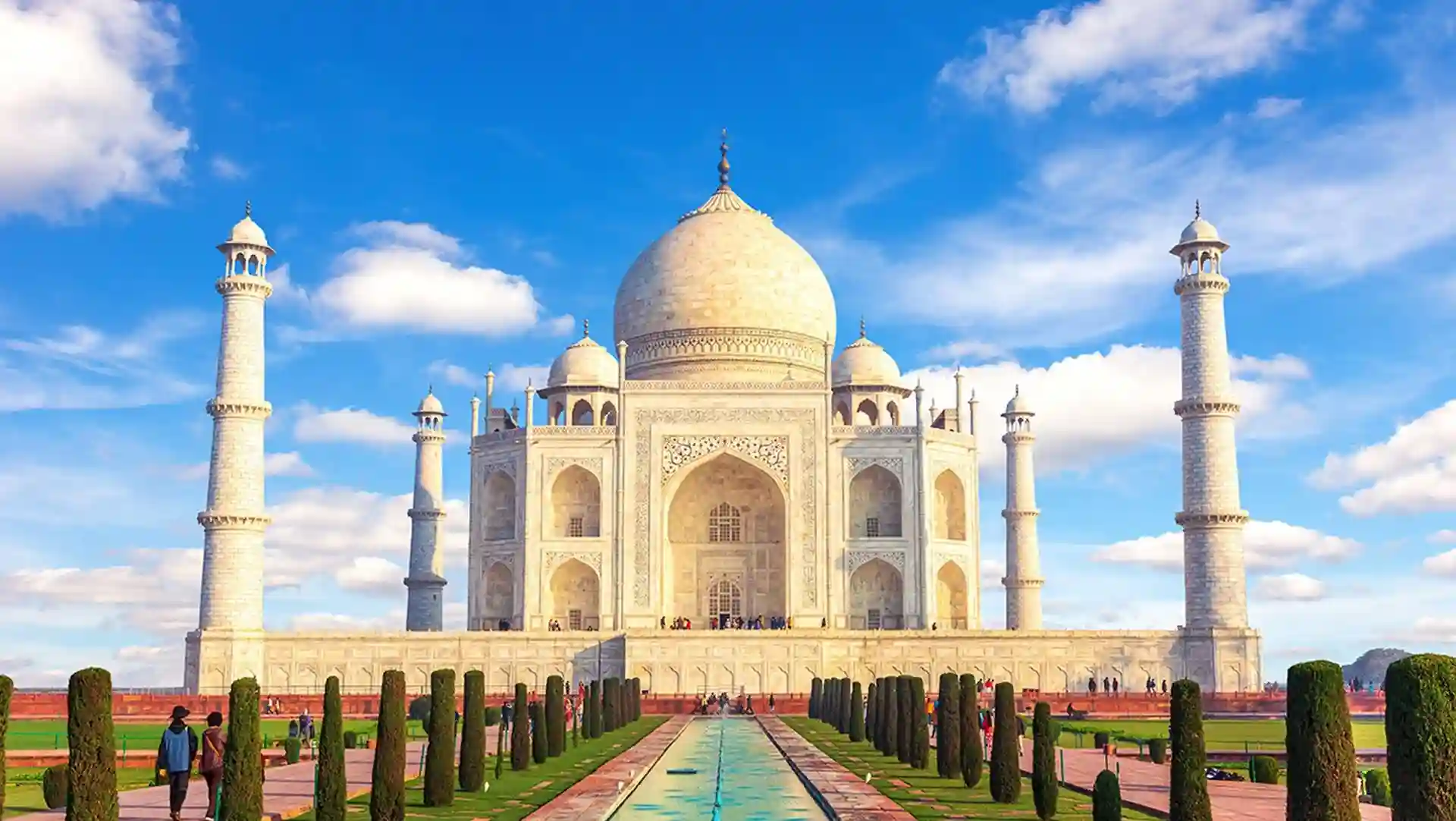India is a country rich in history and culture, with a plethora of historical landmarks that attract tourists from all over the world. From ancient temples and forts to majestic palaces and tombs, each landmark tells a unique story and offers a glimpse into India’s fascinating past. Here are 10 must-visit historical landmarks in India that should be on every traveler’s itinerary:
Taj Mahal, Agra
The Taj Mahal is perhaps the most iconic historical landmark in India. Built in the 17th century by Mughal Emperor Shah Jahan as a mausoleum for his beloved wife, Mumtaz Mahal, it is a UNESCO World Heritage Site and one of the New Seven Wonders of the World. The exquisite white marble structure, with its intricate carvings and beautiful gardens, is a testament to the grandeur and beauty of Mughal architecture.
Red Fort, Delhi
The Red Fort, also known as Lal Qila, is a massive fort complex located in the heart of Old Delhi. Built in the 17th century by Emperor Shah Jahan, it served as the main residence of the Mughal emperors for nearly 200 years. The fort’s red sandstone walls, impressive gates, and intricate palaces are a sight to behold. Today, it is a popular tourist attraction and a symbol of India’s rich history.
Hampi, Karnataka
Hampi is a UNESCO World Heritage Site and a treasure trove of ancient temples and ruins. Located in the state of Karnataka, it was once the capital of the Vijayanagara Empire. The ruins of Hampi are spread over a vast area and include magnificent temples, royal complexes, and other architectural marvels. The Virupaksha Temple, Vittala Temple, and the Elephant Stables are some of the must-visit attractions in Hampi.
Qutub Minar, Delhi
The Qutub Minar is a towering minaret located in Delhi and is one of the tallest brick minarets in the world. Built in the 12th century by Qutb-ud-din Aibak, it is a UNESCO World Heritage Site and a fine example of Indo-Islamic architecture. The minaret is surrounded by several other historical structures, including the Quwwat-ul-Islam Mosque and the Iron Pillar, which is known for its rust-resistant composition.
Khajuraho Temples, Madhya Pradesh
The Khajuraho Temples are a group of ancient Hindu and Jain temples known for their intricate carvings and erotic sculptures. Built between the 9th and 11th centuries by the Chandela dynasty, these temples are a UNESCO World Heritage Site and a testament to India’s rich artistic heritage. The temples are dedicated to various deities and showcase the architectural brilliance of the time.
Mysore Palace, Karnataka
The Mysore Palace, also known as the Amba Vilas Palace, is a magnificent palace located in the city of Mysore. Built in the early 20th century in the Indo-Saracenic style, it is the official residence of the Wadiyar dynasty, the royal family of Mysore. The palace is known for its stunning architecture, intricate carvings, and beautiful artworks. Every evening, the palace is illuminated, creating a magical sight.
Ajanta and Ellora Caves, Maharashtra
The Ajanta and Ellora Caves are a group of rock-cut caves located in the state of Maharashtra. These caves date back to the 2nd century BCE and showcase exquisite Buddhist, Hindu, and Jain sculptures and paintings. The caves are a UNESCO World Heritage Site and offer a fascinating glimpse into ancient Indian art and architecture.
Amber Fort, Jaipur
The Amber Fort, also known as Amer Fort, is a majestic fort located in Jaipur, the capital of Rajasthan. Built in the 16th century by Raja Man Singh, it is a UNESCO World Heritage Site and a fine example of Rajput architecture. The fort’s impressive gates, intricate palaces, and stunning views of the surrounding landscape make it a must-visit attraction in Jaipur.
Victoria Memorial, Kolkata
The Victoria Memorial is a grand marble building located in Kolkata, West Bengal. Built in the early 20th century, it is dedicated to Queen Victoria and is now a museum and a popular tourist attraction. The memorial’s impressive architecture, beautiful gardens, and collection of artifacts and artworks make it a must-visit landmark in Kolkata.
Charminar, Hyderabad
The Charminar is a historic monument and mosque located in the heart of Hyderabad, Telangana. Built in the 16th century by Sultan Muhammad Quli Qutb Shah, it is a symbol of the city and a popular tourist attraction. The monument’s four minarets and intricate arches are a sight to behold, and the surrounding markets offer a vibrant shopping experience.
These are just a few of the many historical landmarks that India has to offer. Each landmark has its own unique charm and significance, and visiting them is like taking a journey back in time. Whether you are a history enthusiast or simply appreciate beautiful architecture, exploring these historical landmarks in India is an experience you won’t forget.











